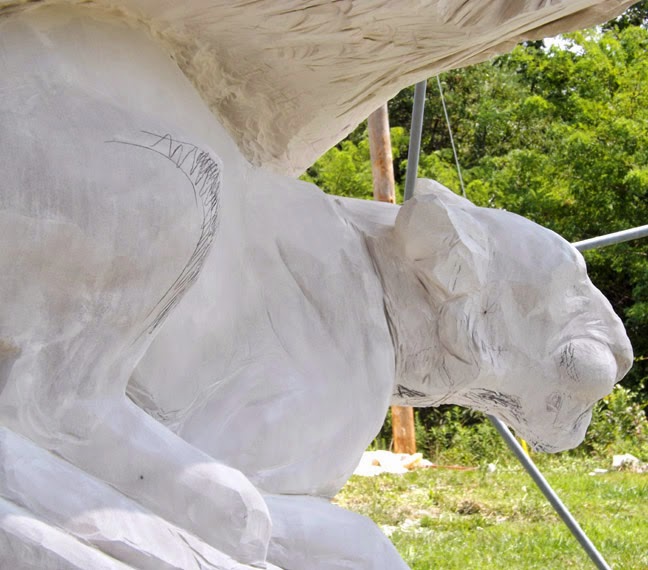 |
| I have refined the Lion and deeped shadows around the legs. I have also begun refining different muscle groups in the legs and body. |
I
 |
| I think that I want more dark shadows around the tail and front legs to help those areas to "pop" visually. |
 |
| The Lion in the sun... |
 |
| I have taken a mental vacation by working on another sculpture called "The Conversation" . Hopefully this will cleanse my visual palate. |
 |
| A Queen Annes Lace with fall color... |
 |
| A pair of Mennonite girls run through a light rain to the store. |
 |
| A drive through the colors of Autumn - obviously taken a while back... |


















































